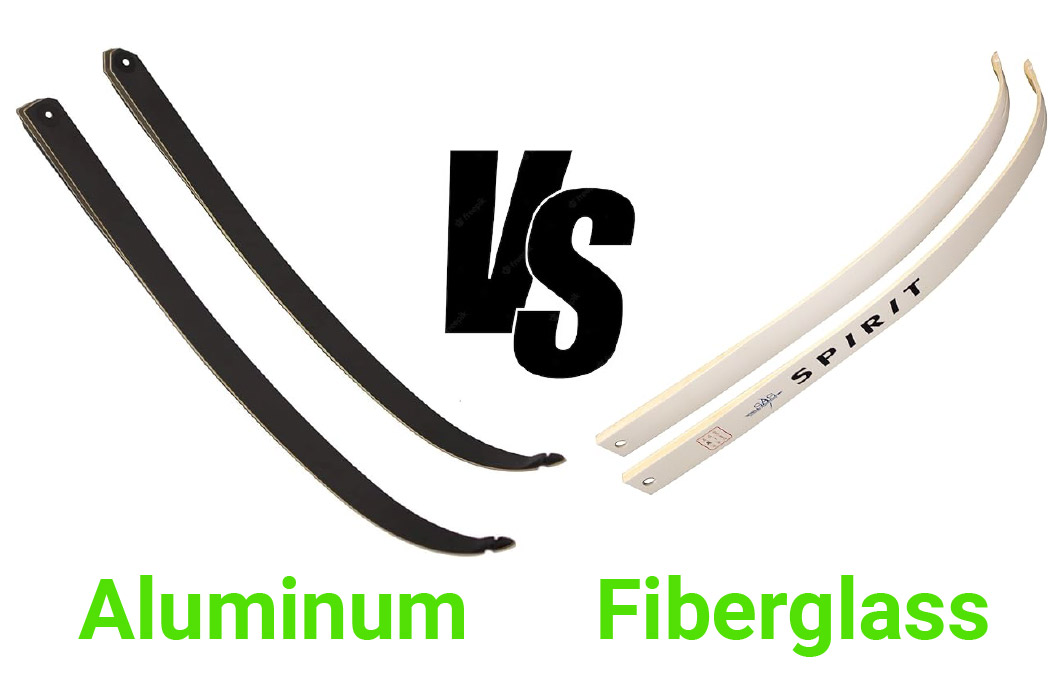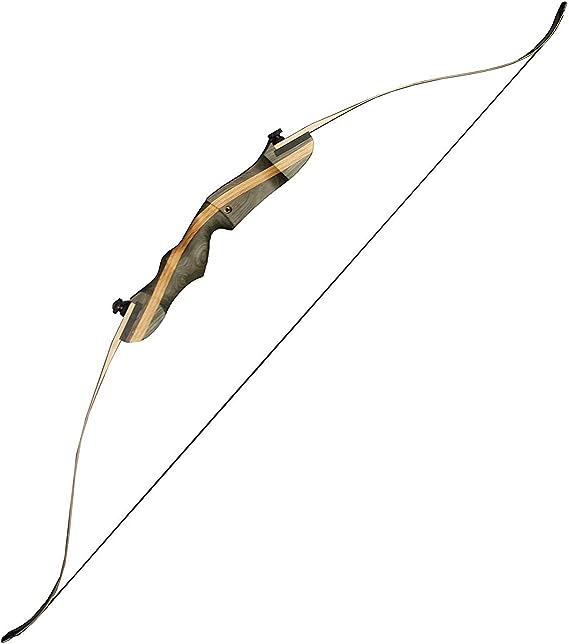Choosing between a wood VS fiberglass riser for a recurve bow is a matter of personal preference.
Wood risers offer traditional aesthetics and vibration dampening, while fiberglass risers provide durability and lightweight design.
Consider your shooting style and what features are important to you when making your decision.
How to Choose Between Wood VS Fiberglass Riser
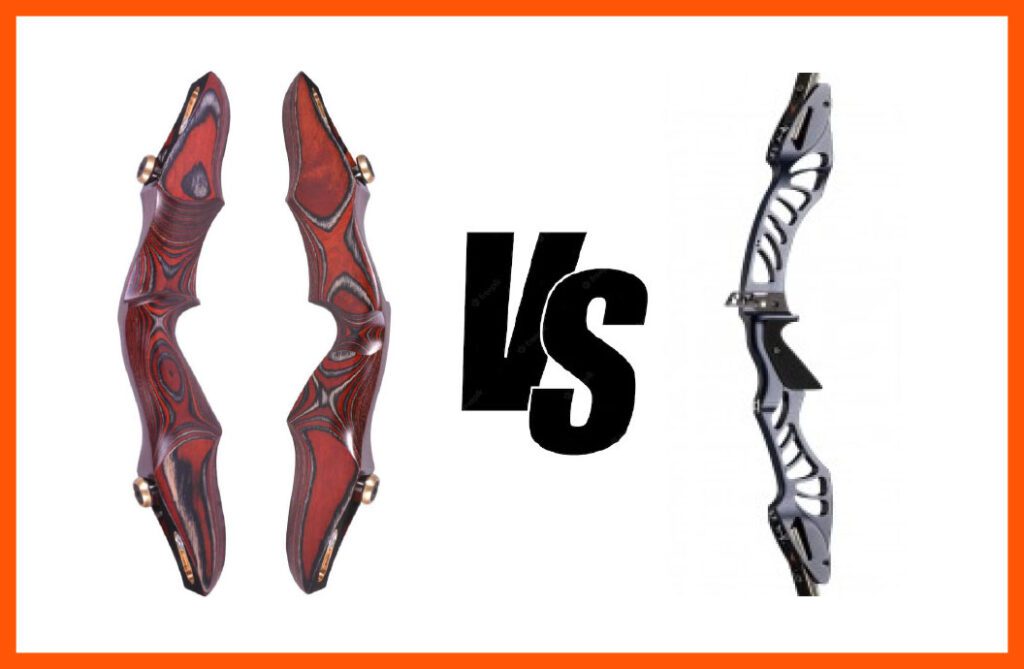
Archers who prioritize maneuverability and ease of use may prefer a lightweight fiberglass riser, while those who value aesthetics and vibration damping may prefer a natural wood riser.
It’s important to try out different risers before making a decision, as the feel and performance of the bow can vary depending on the riser material.
Budget is also an important consideration, as wood risers can be more expensive than fiberglass.
Comparison Chart: Wood VS Fiberglass Riser for Recurve Bow
| Feature | Wood Riser | Fiberglass Riser |
|---|---|---|
| Material | Made of various types of wood, such as maple, walnut, or zebrawood | Made of fiberglass and other composite materials |
| Weight | Heavier than fiberglass risers | Lighter than wood risers |
| Stiffness | Less stiff than fiberglass risers, which can result in more vibration and decreased accuracy | More stiff than wood risers, providing more stability and accuracy |
| Advantages | Natural beauty, vibration-absorbing properties, customizable | Lightweight, durable, low-maintenance |
| Disadvantages | Can be heavy, require more maintenance | May lack aesthetic appeal, can be noisy |
| Durability | Vulnerable to cracking, warping, and other forms of damage if not cared for properly | More durable than wood risers, with a lower risk of damage |
| Price | Generally less expensive than fiberglass risers | Generally more expensive than wood risers |
| Appearance | Often have a natural, organic look with unique patterns and grain variations | Sleek and modern appearance with a smooth, consistent surface |
| Considerations | Personal preference, shooting conditions, maintenance | Personal preference, weight, durability |
| Suitable for | Beginner to intermediate archers who prefer a traditional, natural look and feel to their equipment | Intermediate to advanced archers who require a lightweight, durable, and stable riser for optimal performance |
Overall, wood risers are heavier, less stiff, and more susceptible to damage than fiberglass risers, but they offer a unique and natural appearance. They are generally less expensive and are suitable for beginner to intermediate archers who prioritize aesthetics and tradition.
Fiberglass risers are lighter, more stiff, and more durable, but they have a modern appearance and are generally more expensive. They are suitable for intermediate to advanced archers who require optimal performance and durability from their equipment.
Wood VS Fiberglass Riser: Advantages and Disadvantages
Wood Riser Advantages:
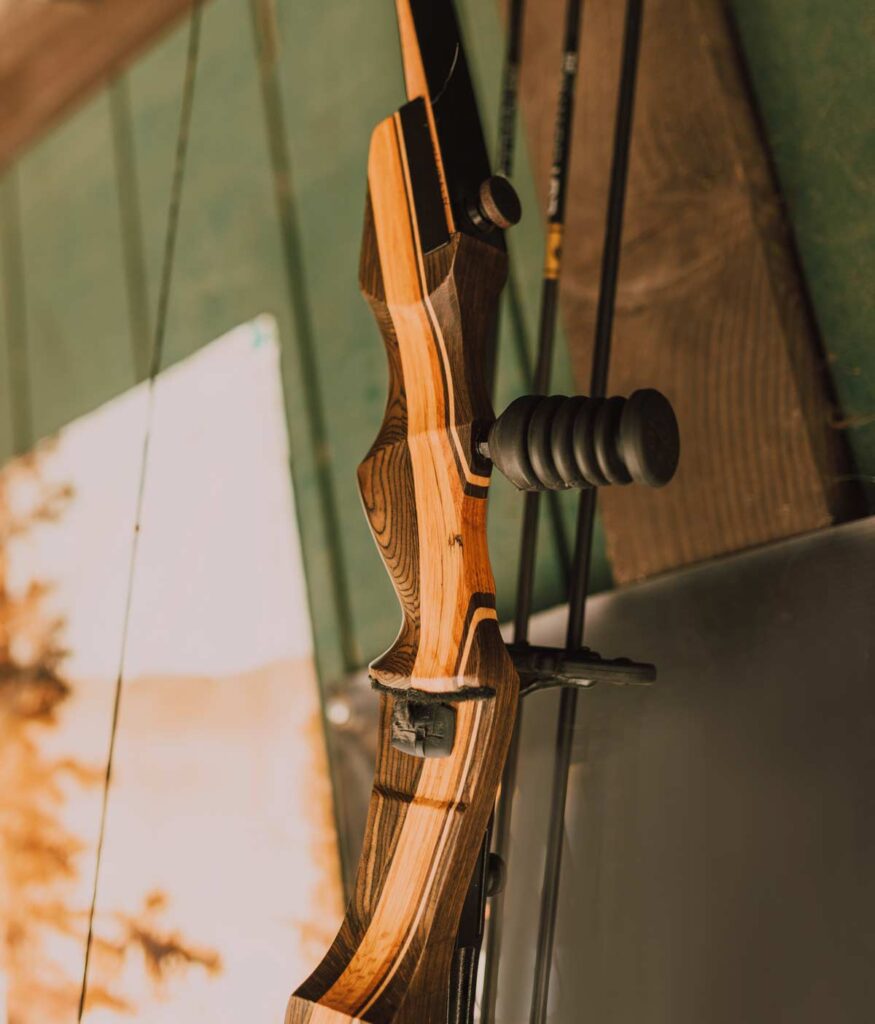

Cost-effective: One of the primary advantages of using a wood riser for a recurve bow is its affordability. Compared to other materials like aluminum or carbon fiber, wood is relatively cheaper, which makes it an ideal choice for beginners or those on a tight budget.
Natural beauty: Wood risers can have a unique and beautiful appearance that many archers find appealing.
Durable: Wood is a durable material that can withstand wear and tear over time. With proper maintenance and care, a wood riser can last for a long time, providing reliable performance throughout.
Aesthetically pleasing: Wood risers offer a classic, elegant look that can be customized with different finishes and colors. This can be appealing for archers who value the aesthetic appeal of their equipment.
Vibration-absorbing properties: Wood has natural vibration-absorbing properties, which can help keep the bow steady and reduce noise, leading to better accuracy.
Customizability: Wood is a versatile material that can be readily carved and shaped to create a custom fit for the archer. With the right tools and skills, you can easily make a wooden riser at home.
Disadvantages:
Heavier: Wood is a heavier material compared to other options like aluminum or carbon fiber. This can make the bow feel bulkier and more cumbersome to handle, which can be a disadvantage for archers who prefer a lighter weight.
Maintenance: Wood risers may require more maintenance than fiberglass risers, including regular oiling and conditioning to prevent cracking and warping.
Sensitive to weather changes: Wood is a natural material that can be sensitive to changes in temperature and humidity. This can cause the bow to expand or contract, affecting its performance in the long run.
Archers who live in areas with extreme weather conditions may need to take extra care and precautions to ensure their wood riser bow remains in top condition.
Fiberglass Riser Advantages:
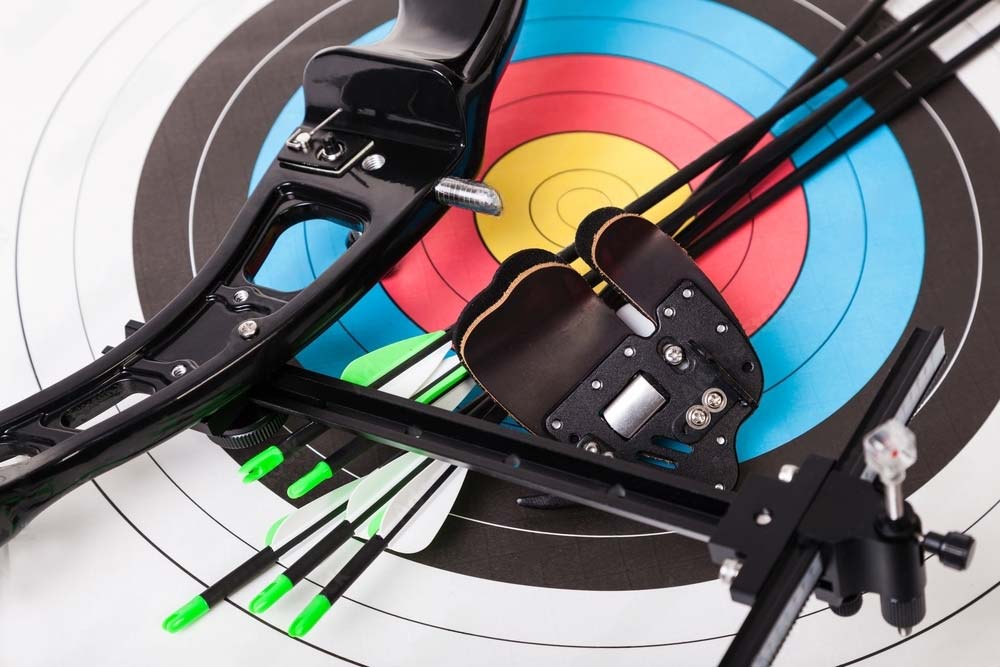

Lightweight: Fiberglass is a lightweight material that makes the bow feel easier to handle and maneuver. This can be particularly beneficial for archers who prefer a lighter-weight bow for better accuracy and control.
Customizable: Fiberglass risers offer more customization options compared to wood risers, allowing archers to fine-tune their bow’s performance to their specific needs and preferences.
Weather-resistant: Fiberglass is a synthetic material that is less sensitive to weather changes compared to wood. This makes it ideal for archers living in areas with extreme weather conditions, as it can withstand changes in temperature and humidity.
Disadvantages:
Expensive: Fiberglass risers are generally more expensive compared to wood, making them a less cost-effective option for beginners or those on a tight budget.
Noisier: Fiberglass risers may be noisier than wood risers due to their stiffness.
Less aesthetically pleasing: Fiberglass risers may not offer the same classic, elegant look as wooden risers do, which can be a disadvantage for archers who prioritize the appearance of their bow.
What Factors Should be Considered When Deciding Between a Wood VS Fiberglass Riser for Hunting?
When it comes to choosing the right riser material for your hunting recurve bow, there are several factors that need to be considered.
The riser, also known as the handle or grip, is an essential component of the bow, and it plays a crucial role in the overall performance and feel of the bow.
The two most common materials used for risers are wood and fiberglass. Let’s explore the key factors that should be taken into account when deciding between a wood vs fiberglass riser for hunting.
1. Weight:
Weight is an important consideration when it comes to selecting a riser material. Wood risers tend to be heavier than fiberglass risers, which can affect the balance and maneuverability of the bow.
Fiberglass risers, on the other hand, are generally lighter, making them easier to carry and handle during long hunting trips. Consider your physical strength and hunting style to determine which weight is more suitable for your needs.
2. Durability:
Durability is a crucial factor, especially for hunting bows that are subjected to rugged conditions and outdoor elements. While wood risers can be strong and durable, they are susceptible to warping, cracking, and moisture damage if not properly cared for.
Fiberglass risers are highly resistant to these issues and can withstand harsh environments more effectively. If you anticipate exposure to wet or humid conditions, fiberglass risers may be a more reliable option.
3. Vibration and Shock Absorption:
Reducing vibration and shock upon releasing the arrow is important for accuracy and shot consistency. Wood risers have natural vibration and shock absorption properties, which can help to minimize hand shock and noise.
On the other hand, fiberglass risers may require additional accessories or modifications to achieve the same level of vibration and shock absorption. Consider your personal preference for a smooth and quiet shot when making your decision.
4. Aesthetics:
While not directly related to performance, the aesthetics of the riser can be an important consideration for many hunters. Wood risers are often praised for their natural beauty and classic appeal. They can add a touch of elegance to your hunting gear and reflect your personal style.
Fiberglass risers offer a wide range of colors and patterns, allowing you to customize the look of your bow. Think about whether you prioritize aesthetics and how the appearance of the riser can enhance your overall hunting experience.
5. Shooting Experience:
Some archers find that wood risers provide a smoother and more comfortable shooting experience due to their natural feel and vibration dampening properties. Fiberglass risers can be stiffer, which might feel different during shooting.
6. Cost:
Cost is another factor that should be taken into account when deciding between a wood and fiberglass riser. Wood risers tend to be more expensive due to the labor and craftsmanship involved in their production.
Fiberglass risers are usually more affordable and accessible. Consider your budget and how much you are willing to invest in your hunting gear.
7. Experience Level:
Your experience level as an archer may also play a role in the decision. Beginners may find fiberglass risers more forgiving and easier to handle, while experienced archers might appreciate the nuances and challenges of shooting with a wood riser.
Exploring The Benefits of Wood VS Fiberglass Riser for Bow Hunting
Wooden risers offer the following benefits for hunting:
- Aesthetic appeal: Wood provides a traditional and visually pleasing look, with customization options for personalization.
- Vibration dampening: The natural density of wood absorbs vibrations, resulting in smoother and quieter shots.
- Comfortable feel: Wood offers a unique tactile experience that some archers find more comfortable and enjoyable.
Fiberglass risers have their own advantages:
- Lightweight: Fiberglass risers are generally lighter, providing easier maneuverability during long hunting trips.
- Durability: Fiberglass is less prone to warping or cracking, making it a reliable choice in harsh weather or rugged terrains.
- Cost-effective: Fiberglass risers are often more affordable than high-quality wood risers.
Both wood and fiberglass risers have their merits, and the decision ultimately depends on your personal preferences and hunting requirements.
Wood VS Fiberglass Riser Weight: Impact on Hunting Accuracy
The weight of a wood vs fiberglass riser can affect hunting accuracy. A heavier wood riser provides stability and reduces vibrations, enhancing accuracy.
A lighter fiberglass riser offers maneuverability and quick aim adjustments. Consider shooting style, and other bow components to find the right balance for improved accuracy.
What are The Advantages of Fiberglass Risers for Hunting?
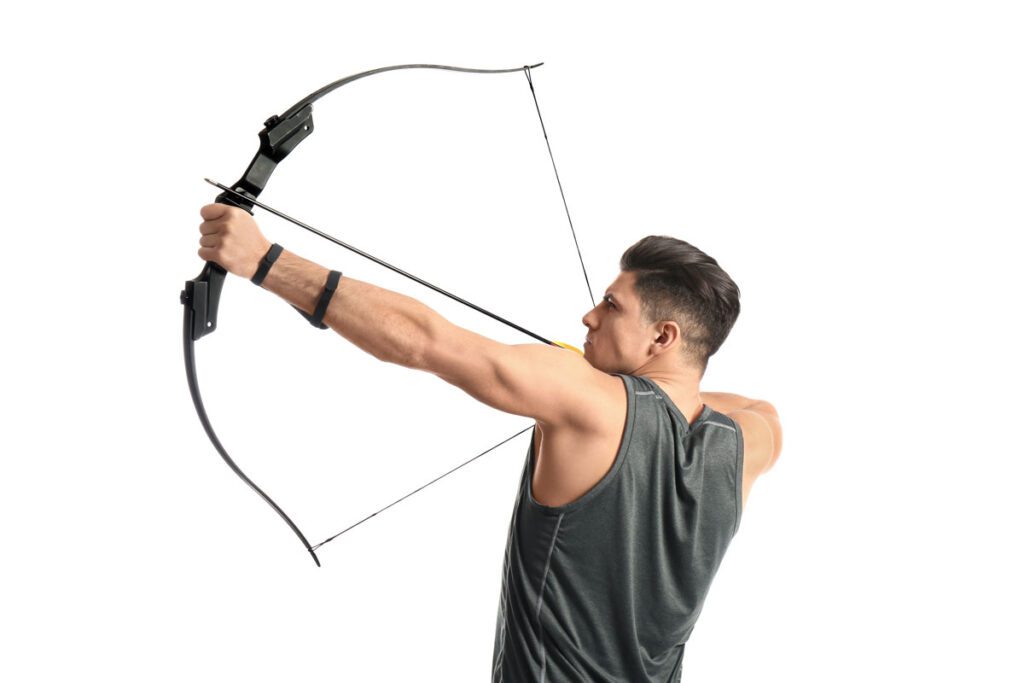

Fiberglass risers offer several advantages for hunting. They are more resistant to weather damage, thanks to their synthetic composition and protective finishes. They are also lightweight, making them easier to maneuver during hunting activities.
Fiberglass risers can be more durable and require less maintenance compared to wooden risers.
What are The Advantages of Wooden Risers for Hunting?


Wooden risers offer a traditional aesthetic appeal in archery, which some hunters may prefer. They can provide a classic and timeless look to your hunting equipment.
Wooden risers also have a unique feel and natural vibration dampening properties, which can enhance the shooting experience for some archers.
Wooden risers can be customized and shaped to fit individual preferences, allowing for a more personalized and comfortable grip.
Cost Comparison: Wood VS Fiberglass Risers for Hunting Bows
Wood risers tend to be more expensive, ranging from $200 to over $500, due to their craftsmanship and aesthetic appeal.
Fiberglass risers, on the other hand, offer a more affordable option, ranging from around $80 to $200, while still providing durability and performance.
Which Type of Riser is More Accurate for Target Shooting?
When it comes to target shooting, the type of riser you use can significantly impact your accuracy. There are two main types of risers: aluminum and carbon.
Aluminum risers are typically heavier and more solid, which can provide more stability and balance for the shooter. They also have a higher vibration dampening capacity, which reduces the amount of noise and shock generated by the bow.
On the other hand, carbon risers are lighter and more flexible, which can provide more speed and maneuverability. They also have a higher stiffness-to-weight ratio, which makes them more resistant to bending and twisting.
So, which type of riser is more accurate for target shooting? The answer is not straightforward since it largely depends on your personal preference and shooting style.
If you prioritize stability and balance over speed and maneuverability, then an aluminum riser may be the better choice for you. On the other hand, if you prioritize speed and maneuverability over stability and balance, then a carbon riser may be the better choice.
The most important factor for accuracy in target shooting is consistent technique and practice. Regardless of the type of riser you use, you’ll need to invest time and effort into honing your skills and perfecting your form.
How Does The Vibration Dampening of a Wood VS Fiberglass Riser Affect Shooting?
The vibration dampening of a bow riser affects the shooting experience in several ways. When comparing a wood versus fiberglass riser, there are distinct differences in their dampening abilities and how they impact the shooting experience.
Vibration dampening in archery
Wood risers have been a popular choice for traditional archery due to their natural feel and aesthetics. Wood risers tend to have less vibration dampening than their fiberglass counterparts.
This means that when the bow is shot, there will be more vibration and noise felt and heard by the archer. This increased vibration can lead to less accuracy and consistency in the shot.
Fiberglass Risers’ Accuracy and Consistency
On the other hand, fiberglass risers are known for their superior vibration dampening capabilities. When shooting with a fiberglass riser, the vibrations are absorbed by the material, resulting in a smoother and quieter shot.
This increased dampening leads to more accuracy and consistency in the shot, making it a popular choice for competitive archers.
Shooting Style and Preferences
The choice between wood vs fiberglass riser largely depends on shooting style. Traditional archers may prefer the natural feel and aesthetics of a wood riser, while competitive archers may prioritize the superior vibration dampening of a fiberglass riser.
It’s important to choose a riser that feels comfortable and allows for the best shooting experience possible.
Conclusion
Choosing between wood vs fiberglass riser for a recurve bow can be a difficult decision. Both materials have their advantages and disadvantages.
When making your decision, be sure to consider factors such as durability, affordability, and weight. It’s important to choose a riser that is compatible with your specific bow model and draw weight.
Take the time to research and evaluate your options before making a decision, and don’t be afraid to try out different risers to find the one that feels most comfortable and effective for you.
Some Commonly Asked Questions About Wood vs Fiberglass Riser:
Are wood risers better for traditional archery?
Due to their natural feel and aesthetics, traditional archers frequently favor wood risers.
Do fiberglass risers offer better vibration dampening?
Yes, fiberglass risers are known for their superior vibration dampening capabilities, resulting in a smoother and quieter shot.
Which is better for accuracy, wood or fiberglass risers?
Both wood and fiberglass risers can offer accuracy if the archer invests time and effort into honing their skills and perfecting their form.
Can aluminum or carbon risers offer different benefits?
Yes, aluminum risers prioritize stability and balance, while carbon risers prioritize speed and maneuverability.
Are wood risers more durable than fiberglass risers?
This largely depends on the quality of the materials used in the construction of the riser. Both wood and fiberglass risers can be durable if made with high-quality materials.
Are wood risers more affordable than fiberglass risers?
This varies depending on the brand and quality of the riser. Some wood risers may be more affordable than fiberglass risers, while others may be more expensive.
Can a fiberglass riser be repaired if it gets damaged?
It is possible to repair some types of damage to a fiberglass riser, but it may depend on the severity of the damage and the skill level of the archer.



